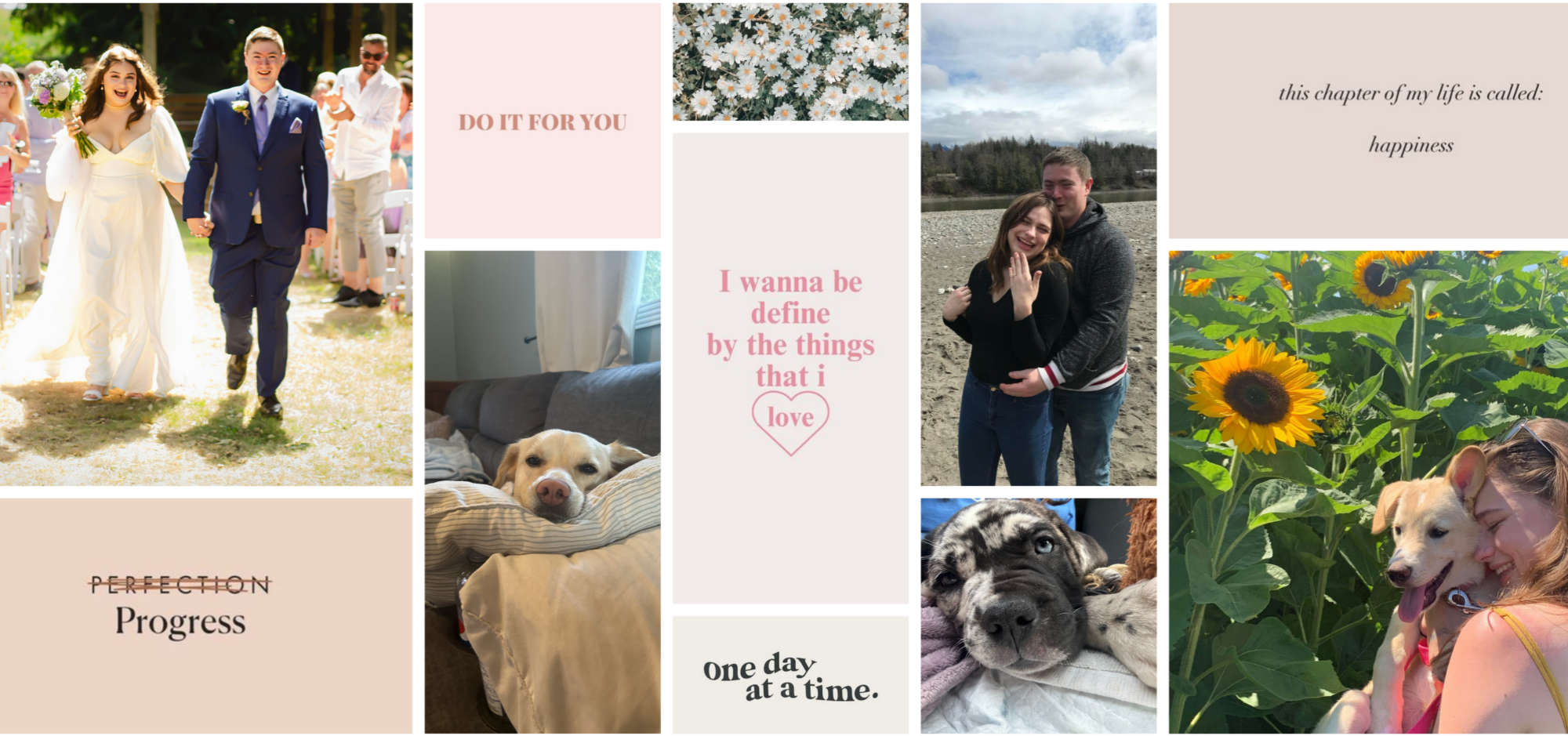
In my opinion, inclusive education is much more than just a pedagogical approach, it is a lifelong commitment to creating a learning environment where every single student, regardless of their abilities and background, can successfully thrive. As I reflect on the three sources that stood out to me the most during this week’s reading, I can confidently say that I have begun to deepen my understanding of inclusion within the teaching world and its impact on both teachers and students alike.
The first source that stood out to me during this week was the “Special Education Services: Manual of Policies, Procedures and Guidelines” by the BC Ministry of Education (2016), which gave me a comprehensive outline for inclusive education that I had not thought of before. It emphasized the importance of individualized education plans (IEPs) tailored to meet the unique needs of each student. The manual (2016) highlighted the importance of collaboration among educators, parents, and specialists alike to ensure that students with special needs receive the support needed. One of my key takeaways from this source was the critical role of early identification and intervention. By recognizing and addressing learning challenges early on, teachers can provide timely support, which can significantly help a student’s academic and social development. This source made me see what I had never looked at before and is one of my ‘aha moments’ in this semester.
Moore’s textbook, “One Without the Other” (2016), has given me a narrative-driven exploration of inclusion, underlining the power of embracing diversity in the classroom. Moore’s stories are helping to show me inclusive practices benefit not only students with disabilities, but also their peers, fostering a culture of empathy, respect, and mutual support. Her work is helping to show me that students with disabilities are not the only ones who need help. Moore’s concept of “presuming competence” sounded deeply to me. When she argues that educators should assume that all students, regardless of their abilities, can learn and contribute meaningfully, my eyes were opened to an idea I had never thought of before. This perspective challenges the default view that often takes over special education, and instead flips the script by promoting a strengths-based approach. By focusing on what students can do, rather than what they cannot, teachers can create better learning experiences.
The heartbreaking documentary, “When I Go Home” (2016), gave me a shocking look at the lives of individuals with disabilities, and the impact of institutionalization vs. community living. The film underlined the importance of inclusion, not only in education, but also in broader, societal contexts. It showed me that isolation and dehumanization can result from separating individuals with disabilities, and contrasted this with the lives of those who live and learn like myself. This documentary (2016) heavily reinforced the idea that inclusion is not just a matter of policy, but is a fundamental human right. It made me look at the importance of creating inclusive communities where everyone, regardless of their abilities, can participate fully and lead fulfilling lives. The stories of the individuals featured in the film helped to show me my own biases that I may have had, as well as highlight the areas that I can do better on. This documentary is one of my biggest takeaways from any of my courses thus far in my teaching journey.
In short, I have come to both appreciate and learn more about the nature of inclusion within the teaching world. It is a highly dynamic process that requires lifelong reflection, commitment, and collaboration to understand and build. The principles outlined in the Ministry of Education’s manual (2016), the narratives shared by Shelley Moore (2016) in her first few chapters, and the real experiences depicted in “When I Go Home” (2016), collectively underscore the importance of creating inclusive environments that honour and celebrate diversity. As I move forward in my teaching journey, I want to create a classroom culture that is full of competence, values every student’s contribution, and fosters a sense of belonging for all. I hope to not only enhance the learning experiences of my future students, but also to a more inclusive educational system.
References:
BC Ministry of Education. (2016). Special Education Services: Manual of Policies, Procedures and Guidelines pp 1- 35 Special Education Policy Manual (gov.bc.ca). https://www2.gov.bc.ca/assets/gov/education/administration/kindergarten-to-grade- 12/inclusive/special_ed_policy_manual.pdf.
Moore, Shelley. (2016). One Without the Other: Stories of Unity Through Diversity and Inclusion. Portage & Main Press.
WITF. (2016). When I go Home. https://www.pbs.org/video/witf-i-go-home/.
